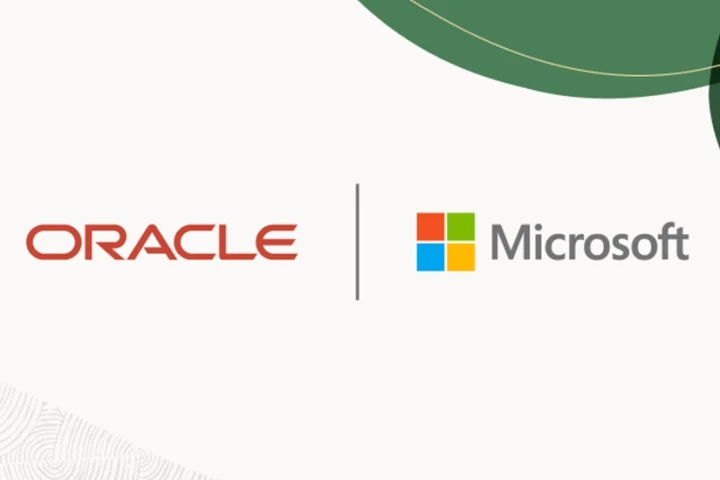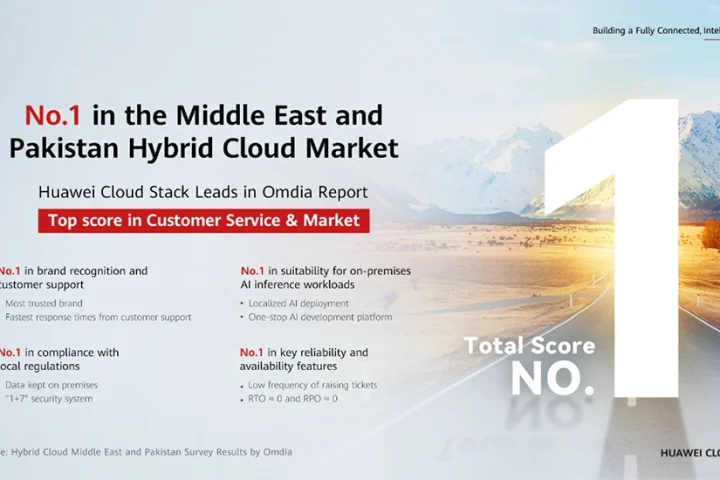What employees want from work and what they are willing to give in return has changed, according to Microsoft’s annual Work Trend Index. The workplace is at a long-awaited inflection point: the lived experience of hybrid work. To help organisations navigate this era of uncertainty, the 2022 Work Trend Index outlines findings from a study of 31,000 people in 31 countries, along with an analysis of trillions of productivity signals in Microsoft 365 and labor trends on LinkedIn.
“We’re simply not the same people that went home to work in early 2020,” said Mohammed Arif, Director of Modern Workplace and Security at Microsoft UAE. “Employees are rethinking what they want from work and voting with their feet when these new expectations aren’t met. The challenge ahead for every organisation is to adapt to changing employee priorities while still balancing business outcomes in the new digital economy,”
The Index uncovers five urgent trends business leaders need to know in 2022 that will help them reshape the workplace and align with business and customer needs.
Trend one: “The worth-it equation”
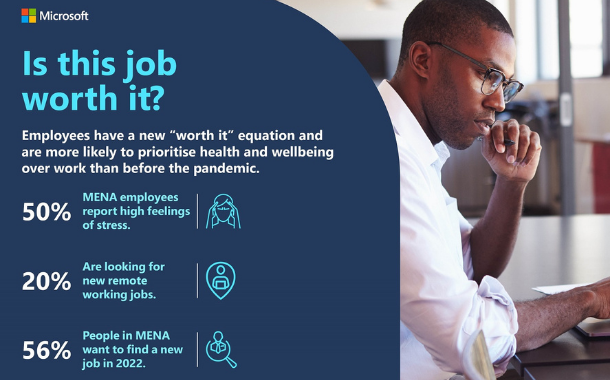
Perhaps one of the most valuable insights from the Index is that employees have a new “worth it equation” and are more likely to prioritise health and wellbeing. Some 47% of respondents say they are more likely to put family and personal life over work than they were before the pandemic. In addition, 53% particularly parents (55%) and women (56%) say they’re more likely to prioritize their health and wellbeing over work than before.
Trend two: The great disconnect
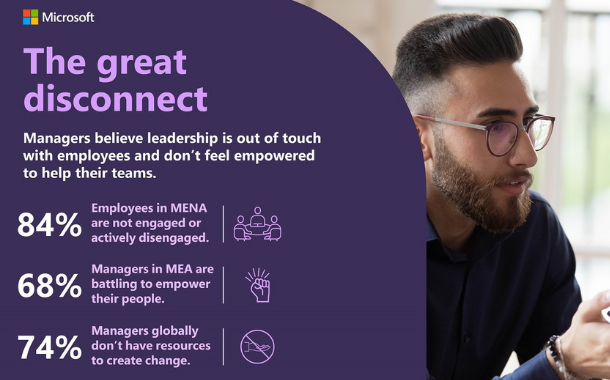
Managers feel wedged between leadership and employee expectations. They believe leadership is out of touch with employees and don’t feel empowered to help their teams. Over half of managers (54%) feel leadership at their company is out of touch with employee expectations. And 74% say they don’t have the influence or resources they need to make changes on behalf of their team.
The source of this tension is clear as business leaders seek a return to what once was; 50% of leaders² say their company already requires, or plans to require, full-time in-person work in the year ahead. This percentage is even higher for leaders in the manufacturing (55%), retail (54%), and consumer goods (53%) industries.
Trend three: Making the office worth the commute
As the world shifts more fully into hybrid work, the biggest opportunity for business leaders is to reimagine the role of the office and create clarity around why, when, and how often teams should gather in person. More than a third (38%) of hybrid employees say their biggest challenge is knowing when and why to come into the office. Yet few companies (just 28%) have established team agreements to clearly define the new norms.
Making the office work for all employees will take radical intentionality. There’s no one-size-fits-all approach and leaders will have to experiment new ways and measure what works best for which teams. The key is for managers to provide clear guidance to employees as they try and learn what works for the team.
Trend four: Distinguishing flexibility from “always on”
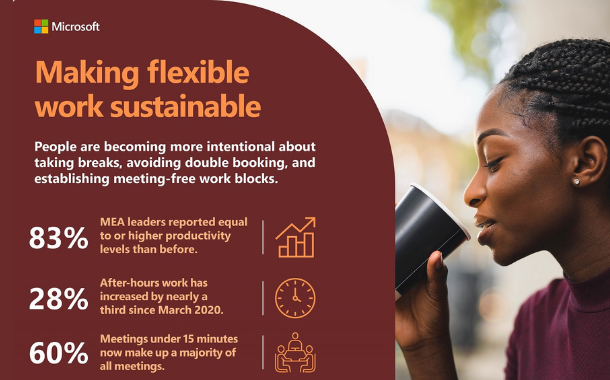
Though employees enjoy their newfound flexibility, there’s still a need to combat digital exhaustion. Meetings are still consuming a lion’s share of our time. Since February 2020, the average Teams user saw a 252% increase in their weekly meeting time and the number of weekly meetings has increased 153%. The average Teams user sent 32% more chats each week in February 2022 compared to March 2020 and that figure continues to climb. Workday span for the average Teams user has increased more than 13% (46 minutes) since March 2020, and after-hours and weekend work has grown even more quickly, at 28% and 14%, respectively.
Trend Five: Rebuilding social capital in a hybrid world
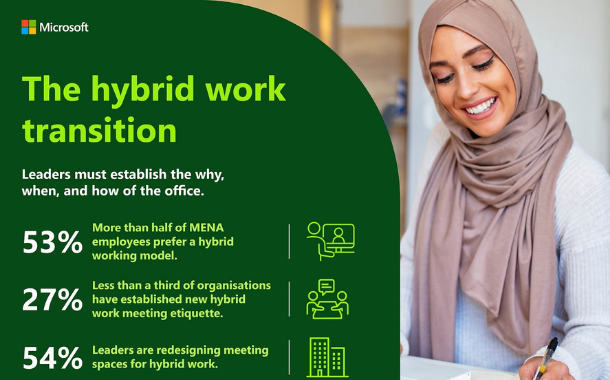
One of the most felt aspects of remote and hybrid work is the impact it’s had on our relationships. Last year’s Work Trend Index revealed that teams became more siloed, and this year’s study shows the trend one year later.
51% of hybrid employees say they’re likely to go remote in the year ahead, while 43% of leaders say relationship-building is the greatest challenge in remote and hybrid work.
“Businesses have an opportunity and responsibility to engage the shift to hybrid with a growth mindset. The best leaders will create a culture that embraces flexibility and prioritises employee wellbeing—understanding that this is a competitive advantage to build a thriving organisation and drive long-term growth,” said Arif.





